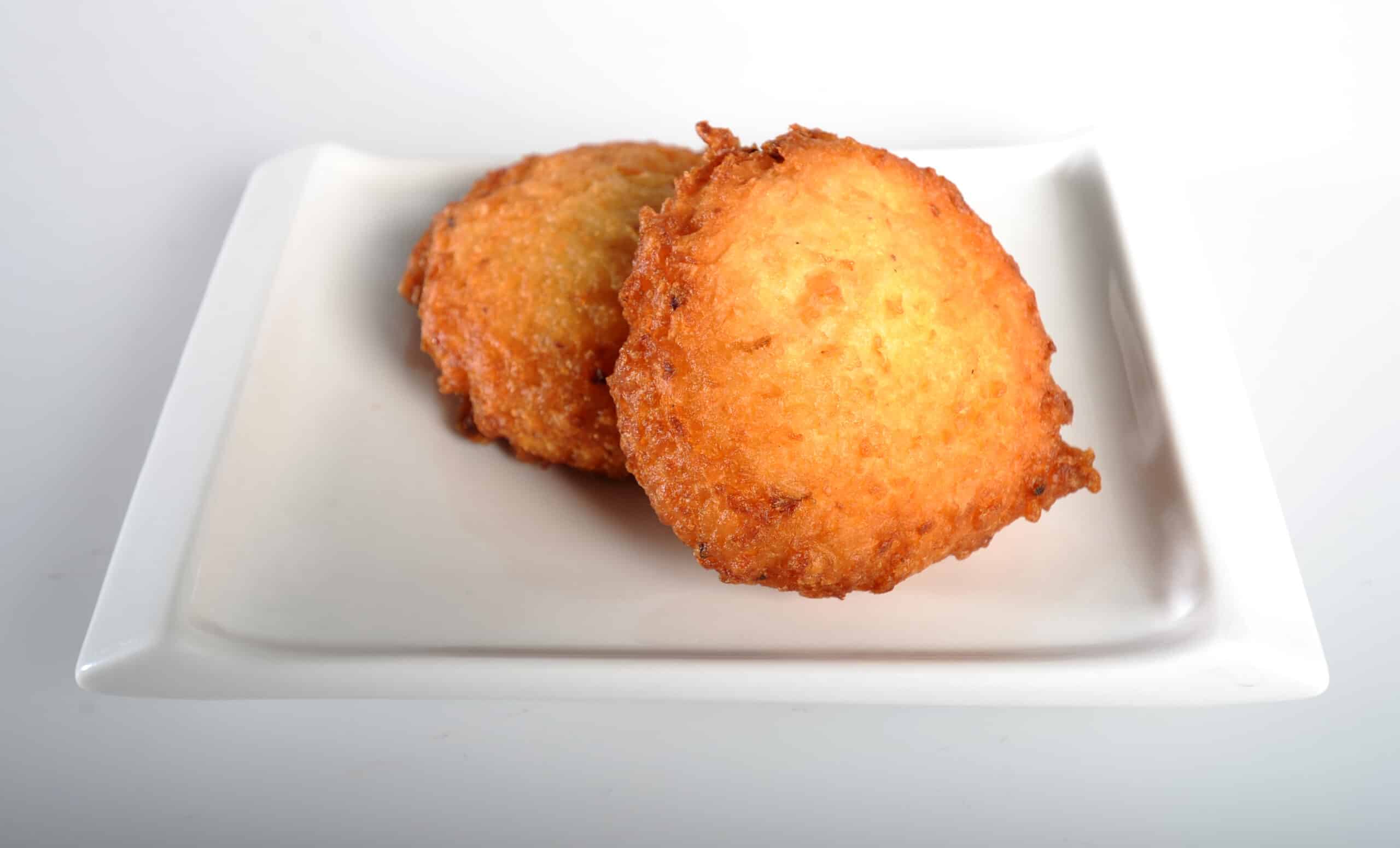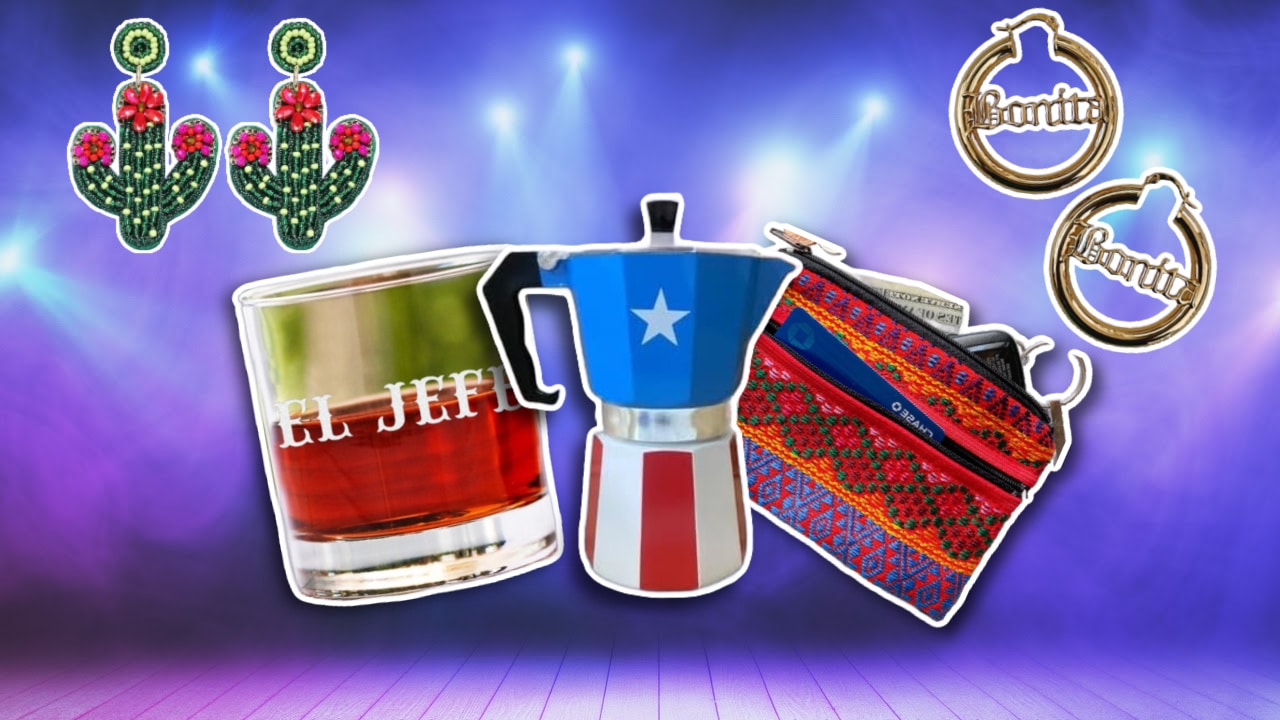You Can Learn A Lot About Early Latinos Thanks To Hanukkah Comida
Jewish cuisine for Hanukkah has a flavor filled with history.
The distinctive styles of Jewish cuisine stem from all sorts of cultures including Ashkenazi, Sephardi, Indian, and Latin-American. Shaped by Jewish dietary laws, Jewish culinary traditions particularly those as they apply to the celebration of Hanukkah tell a story about early Latinos.
That’s right your love for rich holiday dishes like short ribs soaked in red wine sauce, braised brisket and latkes have Latinx roots.
If you celebrate Hanukkah this year, you might consider this blurb about Jewish culinary traditions and how they relate to early Latinidad.
According to a report by MSNBC the Sephardic Jews and Moors, Spanish Muslims, who were expelled from Spain in 1492 have a cultural connection to Jewish families in New York.
“Many of the Jews who lived there [Harlem] in those days were recent immigrants, which made the whole area seem like a Tower of Babel. There were Sephardic Jews who spoke ancient Spanish or Portuguese,” Bernardo Vega a Puerto Rican newspaper publisher explained in his memoir which describes Jewish who spoke Ladino (a blend of Spanish, Hebrew, Aramaic, and other languages).
Latkes.

According to Vega, the beloved Hannukah dish latkes can be traced all of the ways back to the 13th century. Vega says that different versions of the potato pancake recipe blend foods from Europe, the Middle East, and America.
“I noticed that a lot of the things I related through my Jewish identity or even my interest in Middle Eastern foods spoke to me in each of the original cuisines of Spain,” NYC restaurateur Alex Raij told MCNBS. According to the outlet, Raij’s parents are Argentinian.
“For Eastern European Jews, the most popular latke recipes include grated potatoes. But even before the Spaniards imported potatoes from South America to Europe in the 16th century, Sephardic Jews (of Spanish or Portuguese descent) were making ricotta cheese pancakes in Italy” reports MSNBC while “The Encyclopedia of Jewish Food” by Gil Marks.
Sofrito.

Food enthusiasts can see the Latino connection of Jewish and Moorish cooking styles in Sofrito. The Latin American food base for beans, rice, meats, and other dishes, sautés aromatic ingredients like chopped garlic, onion, peppers, and tomatoes in olive oil. Sofrito was used by Sephardic Jews as a method to slow cook pieces of meat like chicken, beef, and lamb.
Flan.

Another traditional dish with Jewish and Spanish roots includes flan, a dish cooked by Jews who stayed in Spain despite the expulsion and pretended to convert to Christianity. According to a report by The New York Times, “To prove that they were like Christians, the Jews made flans, but used orange juice, sugar water, and almonds so they could eat the flan with a meat meal.”
What’s so exciting about these connections and how they relate to Hanukkah is that they are another reminder that food can bring people and cultures together.




